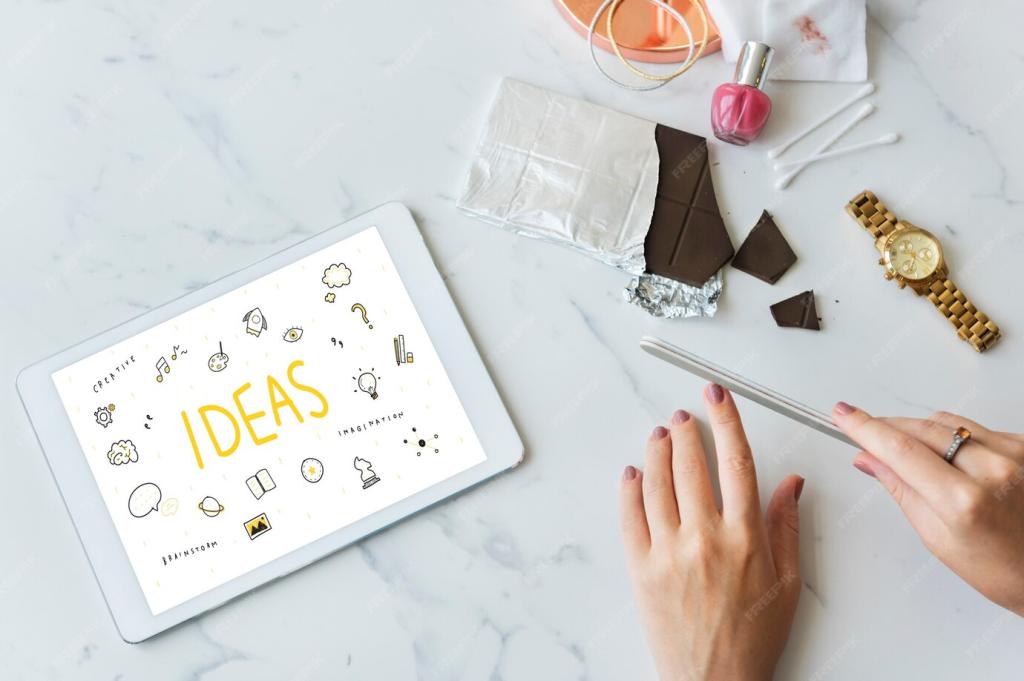Find Your Design Voice
Create a tone board with sample sentences, favorite adjectives, and banned clichés. Align voice with materials you love—linen, oak, brass—so readers feel the texture through the prose. Share your tone board choices with us.
Find Your Design Voice
Ensure headlines, captions, and bios feel like one conversation. Readers often skim. Keep rhythm consistent so trust accumulates. Subscribe for our weekly voice checklist tailored to interior design studios and solo designers.
Find Your Design Voice
Replace claims with sensory proof. Instead of saying ‘luxury,’ write ‘soft-close walnut drawers that hush morning routines.’ Comment with a sentence you rewrote today, and we will feature standout transformations in an upcoming post.
Find Your Design Voice
Lorem ipsum dolor sit amet, consectetur adipiscing elit. Ut elit tellus, luctus nec ullamcorper mattis, pulvinar dapibus leo.






